Barcode Solutions for Warehouse & DC Workflows
The Power of Real-Time Data
Today’s leading warehouse and distribution businesses are leveraging the best in warehouse barcode solutions to maintain a competitive edge. Heartland’s wide range of powerful barcode solutions enable efficiency in common warehouse workflows – from inventory management, to asset tracking, order picking, and more. Harnessing industry-leading barcode technology solutions delivers real-time data to your operation, proven to reduce loss, improve accuracy, and boost your bottom line.
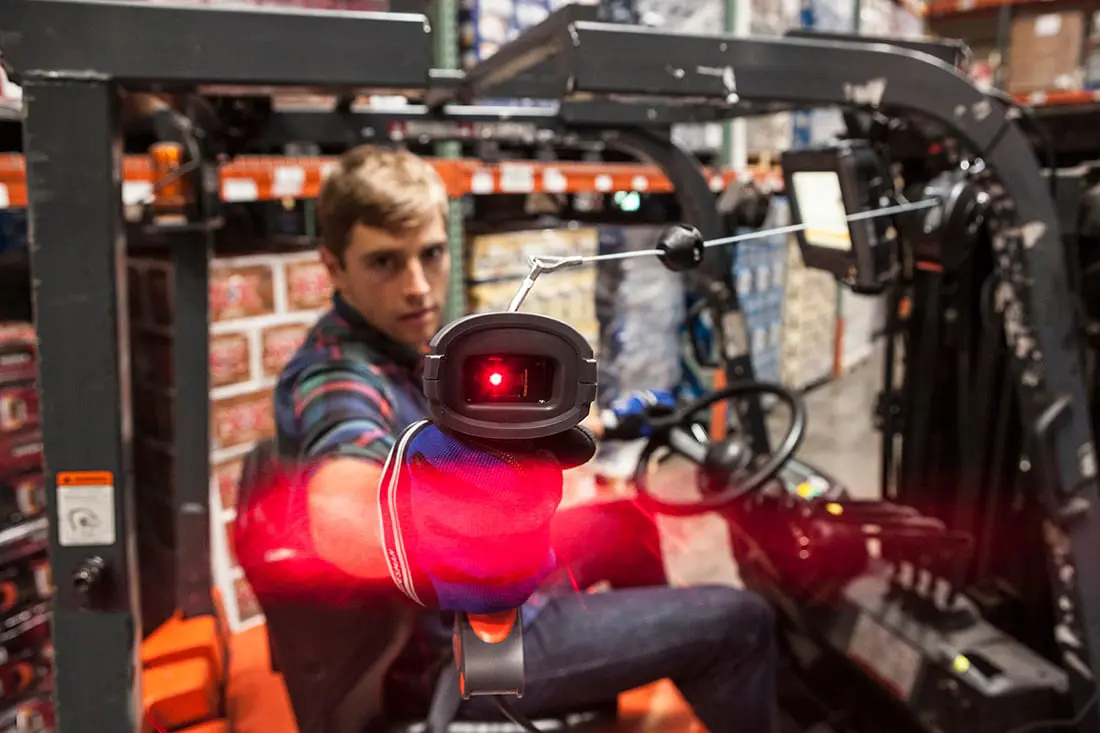
What is Warehouse Barcode Technology?
Modern warehouse barcode technology solutions are comprised of more than just barcodes themselves. A comprehensive system consists of everything needed to create, print, apply and scan each individual barcode. As a complete solution, today’s barcoding systems are helping to enable a fully connected warehouse, allowing your frontline workers to gather and access instant data to improve accuracy, speed and visibility of product identification. Heartland delivers a full range of barcoding technologies including printers, labels, scanners and more.
Barcode Scanners
Your warehouse barcode software and scanners should deliver the performance you need, where you need it. Heartland delivers best-in-class, mobile barcode scanning technologies that are purpose-built for the demands of your business. From rugged handheld, to lightweight wearable and FlexRange™ scanning, our enterprise-grade hardware handles every type of barcode and is always ready for all day performance.
Barcode and Label Printers
Heartland offers a wide range of barcode printers to meet your needs. From desktop to mobile or industrial, we offer complete printing solutions from the industry’s most reliable manufacturers to meet the needs of your business. Not sure what kind of printer you need? No problem. Our experienced solutions experts can recommend the right printer for your operation, based on volume, application and environment.
Mobile Computers
When you need more than a scanner, Heartland has you covered. We offer mobile computing solutions for every industry and for every environment. Whether it’s vehicle-mounted computing to simplify forklift workflows, or enterprise-focused handheld technology for your mobile workers, our wide range of computing solutions is ultra-reliable to meet your daily, business-critical demands.
Labels / Supplies
Quality printing supplies result in confident printing and better results. Heartland sources enterprise-grade, surface tested printing supplies for every printer in our offering, and for even the toughest warehouse environments. With access to our unmatched label expertise, you’ll never have to guess if you’re using the right label.
Benefits of Barcode Solutions in the Warehouse
From receiving to dock loading, warehouse barcode systems from Heartland infuse efficiency into warehouse and DC workflows that improve overall customer satisfaction. By automating processes that previously required manual data entry, you can move and track goods faster and smarter so that your orders arrive on-time and on-point.
Here's a quick breakdown of the essential benefits of integrating warehouse barcode scanners into your operations:
Real-Time Inventory Management
- Instantly monitor stock levels and product availability
- Improve inventory accuracy by eliminating manual processes
- Proactively prompt replenishment processes
- Reduce need for cycle counting
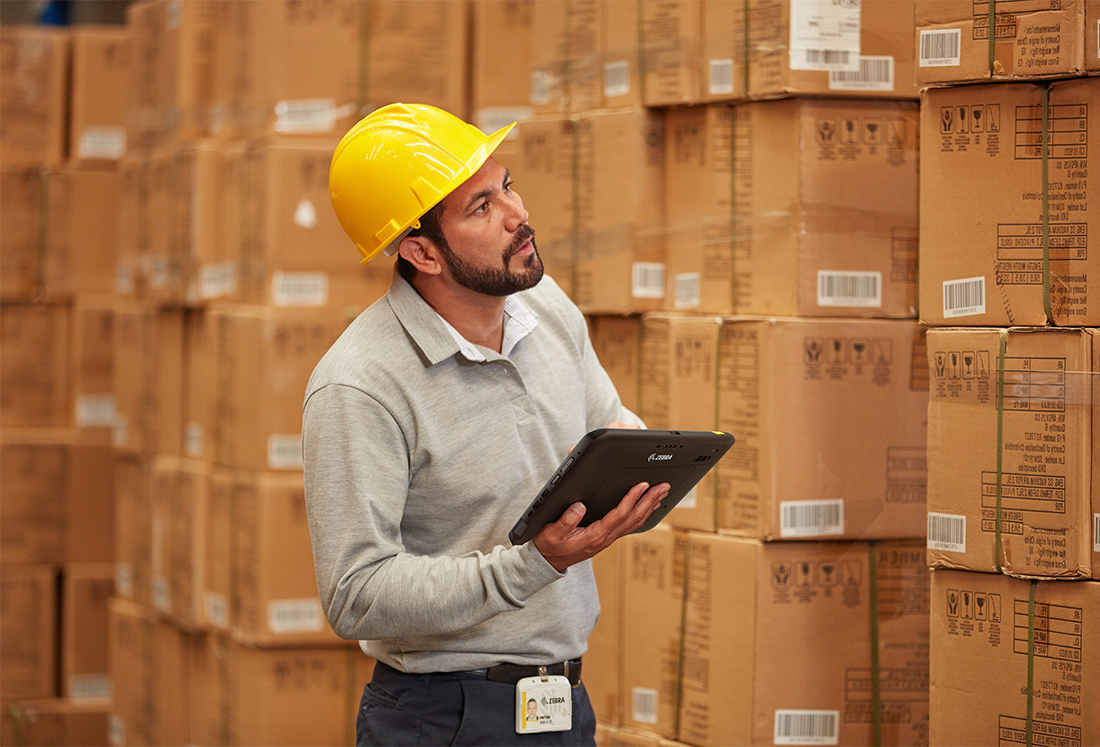
Enhance Efficiency
- Accelerate workflows like picking and put-away
- Speed up processes with lightning-fast data collection
- Eliminate the need for manual, time-consuming inventory checks

Cost Savings
- Reduce labor costs by enabling your teams to work smarter
- Fewer errors resulting in lower return rates and chargebacks
- Reduce carrying costs by enabling stock level accuracy
- Improve your bottom line with faster picking and order outputs
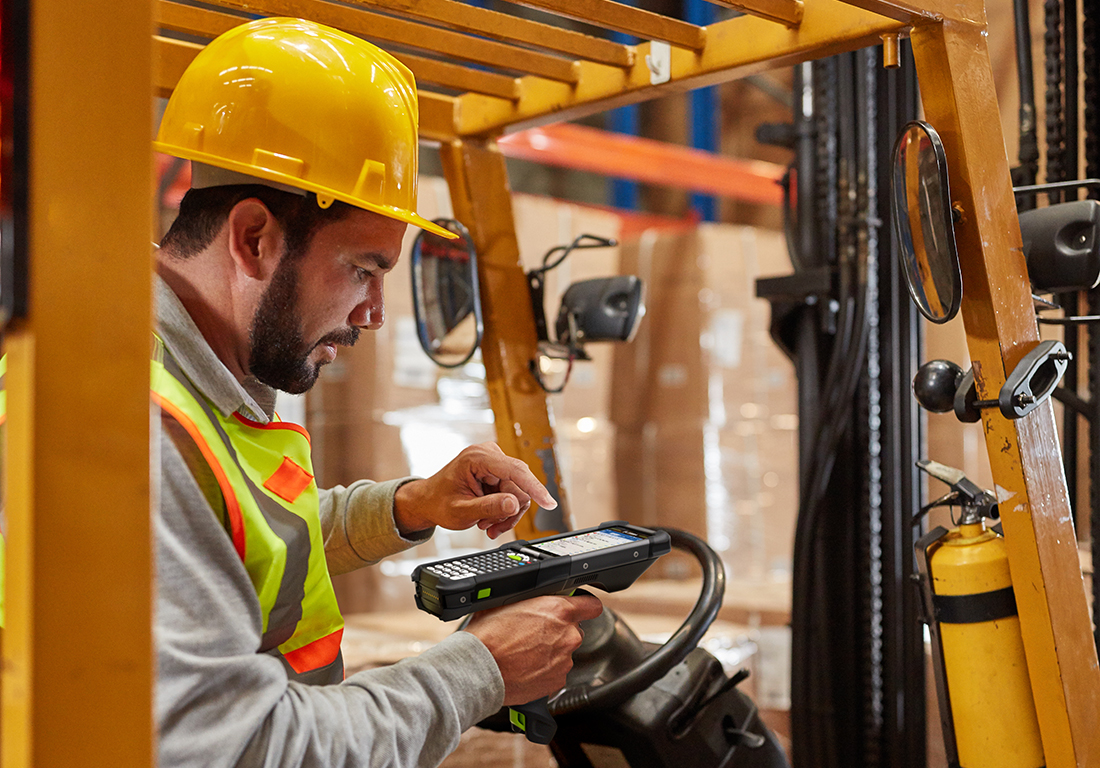
Maximize Visibility
- Enable accurate tracking of goods throughout the supply chain
- Improve customer satisfaction with accurate stock information
- Improve traceability and regulatory compliance
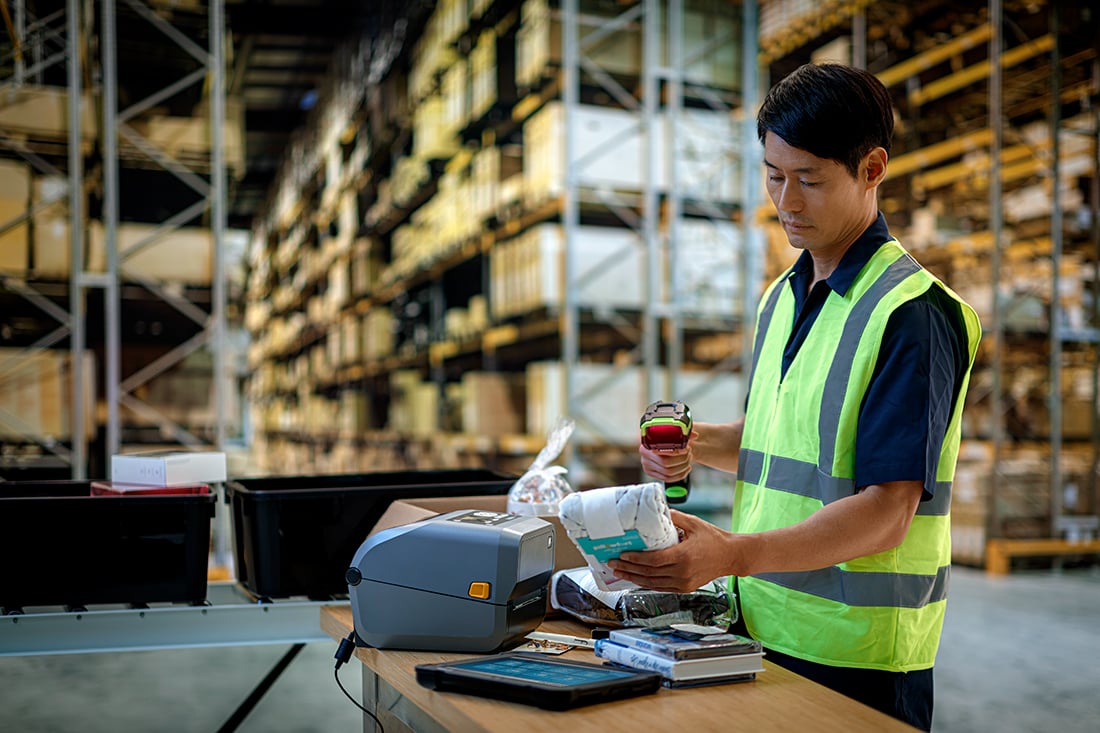
Revolutionize Inventory Management with Heartland’s Barcode Solutions
For today’s leading warehouse and distribution managers, effective inventory management is critical to operational success. Accurate inventory reporting helps businesses respond to trends, balance stock levels, and better respond to supply chain disruptions. Utilizing barcode technology for inventory management also eliminates the need for manual data entry and tracking, boosting overall accuracy and saving valuable time. With barcode systems for inventory management, your teams no longer have to spend time navigating and updating clunky manual systems.
Heartland’s wide array of warehouse barcode scanners and hardware solutions integrate seamlessly with your existing Enterprise Resource Planning (ERP) and Warehouse Management (WMS) systems. The result is a cohesive, streamlined system that allows for faster, more efficient workflows that keeps your team one step ahead of customer demands.
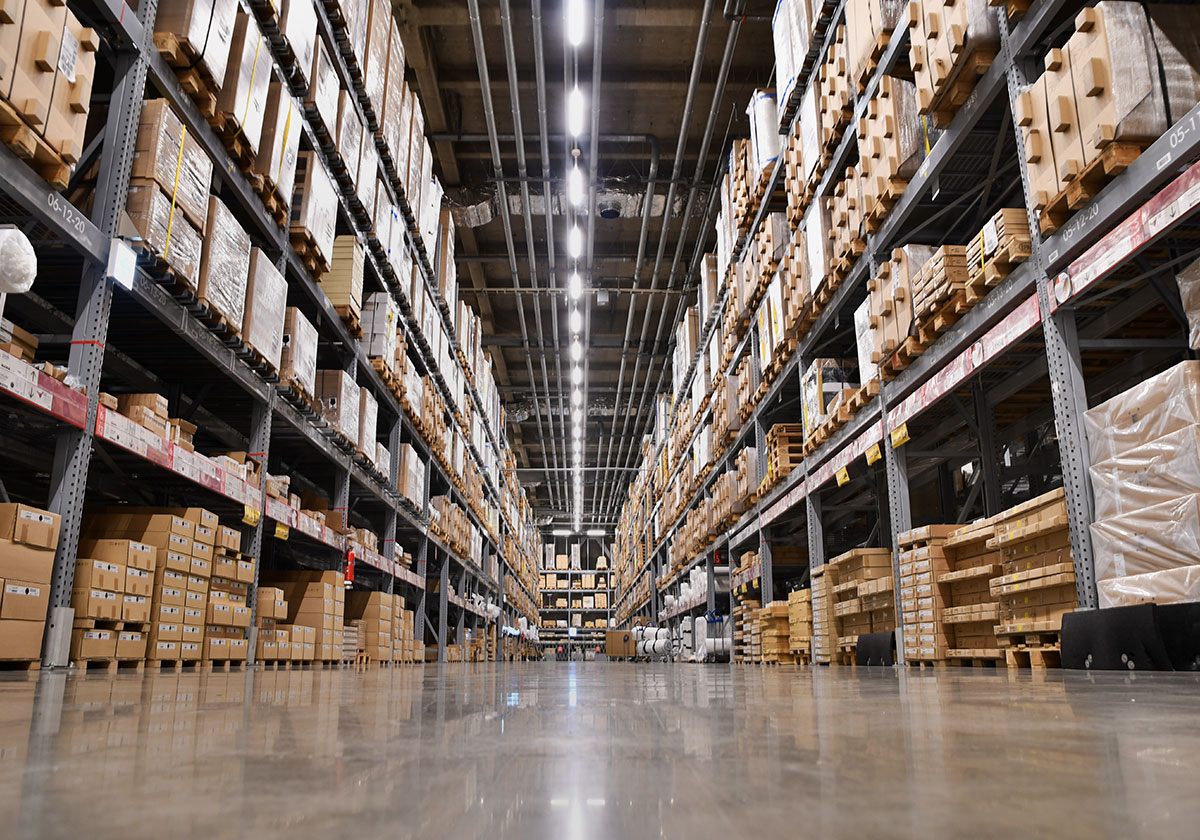
Prioritizing Customer Satisfaction through Accuracy and Visibility
In today’s competitive market, customer satisfaction is more important than ever. In fact, a positive customer service experience can increase company revenue by 10-15%. Among the top needs customers prioritize? Transparency, reliability, and efficiency. Warehouse barcode systems can isolate and address these needs by improving accuracy and visibility. Here’s how:
Transparency
Your customers expect better visibility into every step of the order lifecycle – from knowing when stock is low prior to ordering, all the way to final delivery. Barcoding technology automates the tracking of every item in your supply chain to deliver a clear view into your operations that can be passed along to your customer. No more guessing when an order will arrive. Warehouse barcode systems help your end-users know what’s in stock and when to expect it. This improved transparency increases trust and customer satisfaction, ensuring repeat business.
Reliability
Barcode solutions also enable a consistent, reliable customer experience. When your customers know what to expect, the purchasing process feels easier. By leveraging real-time data, you can better anticipate replenishment needs, so that your customers know they can count on receiving the products they need, when they need them.
Efficiency
Manual picking and packing process can create operational bottlenecks that can slow your operations down and delay customer orders. Using the best data capture tools means your team can move faster, increasing throughputs and meeting or exceeding customer delivery expectations.
Manufacturer Agnostic to Maximize Your Options
At Heartland, we believe in delivering the best solution for your needs. That means building meaningful partnerships with industry-leading manufacturers so that our customers have access to a wide range of award-winning barcode solutions. We have carefully screened and selected vendors to meet the specific needs of our customer base, and recommend solutions centered around YOU.
We know that there are an overwhelming number of manufacturers and solutions to choose from. That’s why when you partner with Heartland, you can rest assured that our experts will work to understand your business and operational pain points, and make recommendations with your specific needs in mind.
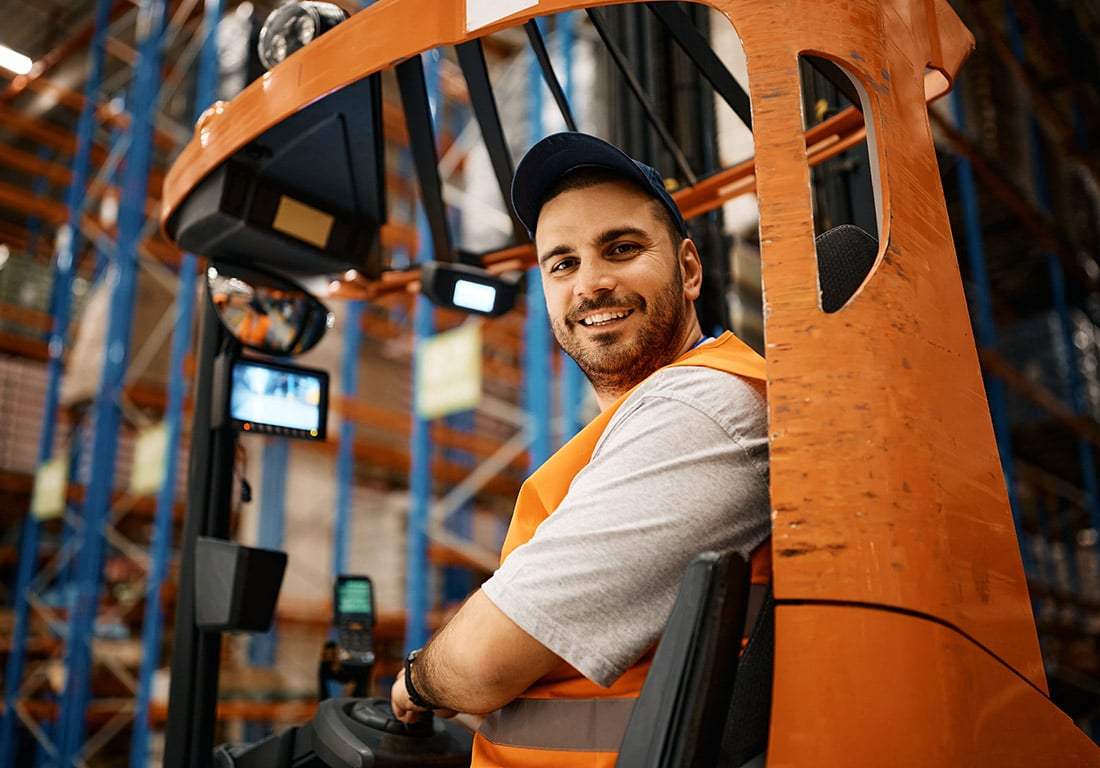
Proven Partnerships
Heartland is pleased to work with expert hardware providers that are leading the charge in barcoding technology:

From retail to manufacturing, Honeywell barcode scanners, printers, mobile computers and RFID solutions are purpose-built for the demands of your business. As a pioneer in the barcode scanning market, Honeywell’s experience, combined with new innovations have helped retailers, distribution centers, transportation and logistics and healthcare organizations achieve significant improvements in efficiency, speed and accuracy of their operations.

Zebra anticipates operational challenges so you can scan anything, anywhere, no matter what. Powered by our proprietary DataCapture DNA, everything arrives prepared for duty—ready to deploy, easy to manage, and made to scale. Zebra’s mobile computers, multi-tasking tablets and steadfast printers integrate easily, pair instantly and talk freely to one another to make your workers unstoppable.

TSC Printronix Auto ID is a leading designer and manufacturer of innovative thermal printing solutions. TSC Auto ID offers budget-friendly desktop printers to high-performance industrial solutions including rugged mobile printers. Printronix Auto ID offers premium, enterprise-level applications with a selection of high-end features including RFID encoding and integrated barcode verification.
Click here to see a full list of our hardware and software providers.
The Heartland Difference
Every business is unique, and not all technologies are created equal. That’s why working with an experienced solutions provider is critical to selecting, implementing warehouse barcoding solutions that are right for you. The Heartland team draws on decades of supply chain experience that gives your businesses a competitive edge when you need it most. With Heartland, you have access to:
- Unmatched expertise across brands and devices
- Support through every phase of the solution lifecycle, with AlwaysOn suite of managed services
- A wide offering of barcode technologies from today’s industry-leading OEMs
Looking to consolidate vendors for all of your barcode needs? Heartland offers a single point of contact, from device selection, to deployment, ongoing support and more. Our experienced solutions consultants are ready to learn about and understand your operational pain points to recommend best-in-class solutions that make the most sense for your business.
Frequently Asked Questions
How can barcode solutions enhance inventory management in manufacturing?
Barcode solutions streamline inventory management by providing real-time tracking and visibility of raw materials, work-in-process, and finished goods. This facilitates accurate stock levels, reduces errors, and improves order fulfillment rates.
How does mobile device management (MDM) play a role in deploying barcode solutions in manufacturing?
MDM is crucial for deploying barcode solutions as it allows for the centralized management of mobile devices used in manufacturing, such as handheld scanners and tablets. It ensures devices are secure, up-to-date, and running the necessary applications efficiently, which is vital for maintaining operational continuity and protecting sensitive data.
What considerations should be made when choosing barcode labels for manufacturing environments?
It's important to choose barcode labels that can withstand the manufacturing environment, including resistance to chemicals, temperature, abrasion, and moisture. Consider the surface material, adhesive type, and label size to ensure durability and scan reliability.
How can small to medium-sized manufacturers implement barcode solutions cost-effectively?
Small to medium-sized manufacturers can start by prioritizing areas with the highest ROI, such as inventory management or asset tracking. Choosing scalable solutions and leveraging cloud-based systems can reduce upfront costs and provide flexibility for growth.
How can manufacturers ensure the security of their barcode systems?
Manufacturers should implement security protocols such as data encryption, user authentication, and regular software updates. MDM also plays a key role in securing mobile devices against unauthorized access and ensuring that they are used appropriately by staff.